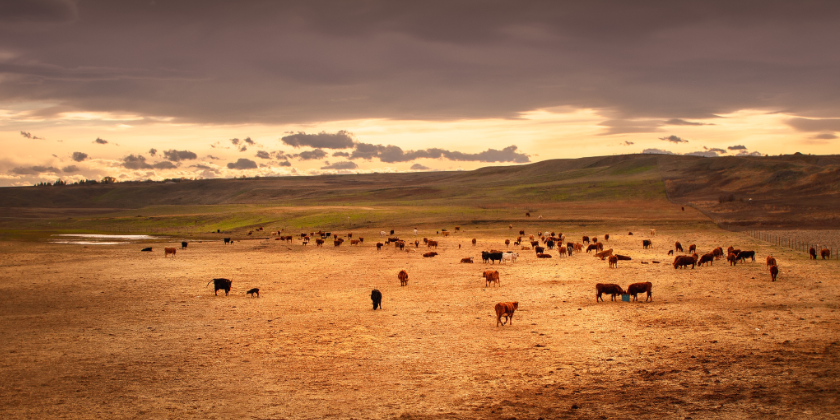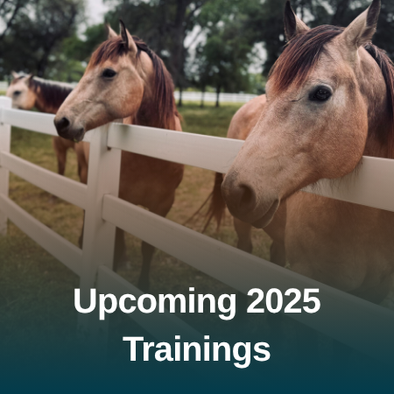If you’re not familiar with the term Waiting on the Drive it’s probably because you have never helped gather cattle in a very large, very rough pasture. It is a term I learned in my early teens. In just four words, it encompasses some of the best characteristics of a good cowboy or even just a good person.
There is so much of the unwritten, unspoken code of being a cowboy wrapped up in this term. It was never explained to me – only modeled by countless good cowboys (the word cowboy is certainly not gender specific) that I have had the good fortune to get to work with in the course of my life.
Let’s start with the literal meaning. In the late 1970s and early 1980s, I was running a very large cow ranch in New Mexico. One of the pastures on that ranch was around 8,000 acres. There was only me and two other men working on the ranch.
Many of the ranches in that area were large, with only a few men working each one. When it came time to gather and work the cattle, none of the ranches had enough men or women to do that on their own so all of the cowboys on the neighboring ranches would help each other. It was called “neighboring”.
Neighboring
Usually when we were gathering and working the 8,000 acre pasture there would be me and my two guys plus 10-15 neighbors. We would meet at the working pens and get our horses saddled and ready for the day. We would ride out before sunup to make the two mile ride to the start of the 8,000 acre pasture. Then we’d ride to the backside of that pasture to start gathering the cattle about the time the sun came up.
As we were heading to the back of the pasture I would drop cowboys off at strategically planned out places to make sure the entire pasture was covered. The cowboys that were dropped off first, and each one after that, did not start gathering cattle immediately. They had to wait until everyone was in position to start the “drive.”
In an 8,000 acre pasture with 15 cowboys there is no way to see what anyone else is doing because they are so far apart. So the first ones dropped off had to wait until they judged that everyone had time to get in position to start the drive. Usually if everything was timed right, the drive would start about the time it got light enough to see. The first ones dropped off would spend more time waiting on the drive than the ones dropped off further along in the pasture.
Good timing doesn’t happen by chance
The goal of the drive was to arrive at the gate out of the pasture with all of the cattle that were in that pasture and all of the cowboys accounted for. Timing was critical. If one cowboy got his cattle to the gate ahead of the herd it was almost impossible to just hold them there until the others arrived.
These were not gentle cattle that were regularly handled. On these large ranches they were only gathered twice a year, once in the spring to work the calves and once in the fall to wean the calves. They were usually pretty wild and not easily handled. They were easiest to handle when they could be in one big herd. So anyone that didn’t merge their cattle with the other cattle as they were moving in the direction of the gate would cause problems for everyone. Ideally all of the cattle would come together simultaneously in the vicinity of the gate. None of this happened by chance.
When you are waiting on the drive, you have several responsibilities that contribute to the success or failure of the drive. It is a time when you can relax a little and take in the wonder of a new day beginning and the world starting to wake up. This was always my favorite part of the work, alone with just my horse, watching the sun start its fight to drive away the darkness, completely devoid of any man-made sights or sounds.
But that feeling of peace didn’t exist in a vacuum. You had to be keenly aware of any sign that the drive had started. You didn’t want to be ahead of the drive but you also didn’t want to be behind it. That sign might be the first hint of a cow bawling for its calf, or a herd of deer moving out in front of the moving herd of cattle. It might be a slim wisp of dust circling above a distant hill. Sometimes it was just a gentle nudge coming from somewhere inside, saying “It’s time now”.
If you are not fully attuned to yourself and all that is around you it is easy to miss the sign. If you miss the sign it makes everything harder for you and for everyone in the drive. It makes things harder for your horse and for the cattle. It makes everyone have to work harder.
The time that you spend waiting on the drive can be the most rewarding part of the day, but it is also the most critical. Great, important things are about to happen but you have to be prepared and ready to do your part.
It’s nearly time
Our upcoming online conference, Sunrise Summit, reminds me of Waiting on the Drive in so many ways. It’s an opportunity to get in the right position and settle in for the magic that’s about to happen. It reminds me that being in the moment and enjoying what’s happening right now is just as important as anticipating what’s to come at Sacred Landscapes, our in-person conference that will be happening in November.
Waiting on the Drive isn’t passive. It’s not something that happens to you – it’s a condition you create by attuning to the present moment and focusing on what’s to come while connecting with other cowboys who are preparing for the journey, too.
We invite you to join us for Sunrise Summit October 13-14 and do some neighboring with us. Grab your ticket here: naturallifemanship.com/sunrise-summit.



Recent Comments